
views
Find out the issues

Observe the school. Try not to overanalyze but do note continuing problems. Take note of larger problems that seem to go uncorrected.
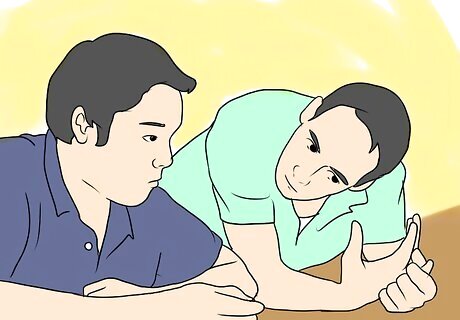
Listen to complaints from students and staff. Is the school far too hot or cold for the season? Are they not able to keep up with repairs to the heating or cooling system? Are students forced to wear winter weather inside during classes to stay warm enough in the winter? Climate control systems are expensive and extensive to repair. Problems that continue well into the season (not just the first day or two of a cold snap or heat wave) could be a sign of a larger problem Are students so uncomfortable the school is canceling classes you should definitely notice. Observe if the situation has been corrected when the students must return.

Observe the cosmetic problems and if they are being repaired in a timely manner or not at all. Some repairs are best done over the summer when students aren't on-site.

Be aware of problems that can have larger consequences. If wet ceiling tiles have fallen and gone un-replaced, leaks go un-repaired or if water damage has been ignored for ages you should report the problem. Mold and mildew can create larger and more serious health problems for students and faculty.

Think before you complain too much. The condition of certain items may depend on how much access the students have to it and what students have been around it before. Lockers are a perfect example of this problem. Some lockers may be damaged while others are fine. If lockers are so damaged they cannot close, lock or protect the personal items in it the situation should be reported to school administration. Another locker should be reassigned immediately.

Add up the problems. Many minor items needing repairs can be a sign of a larger problem. If you notice many non-working clocks, cracked glass, broken railings, dirty walls, etc. the school may be shorthanded on maintenance staff or short on funds to make repairs. Regardless, many items will go unfixed until someone outside the school (parent, local government, etc.) says something.

Check the gym equipment. Schools often have profitable sports teams and should be able to provide adequate equipment for other sports and physical fitness classes. If the equipment seems very poor in quality, broken and otherwise forgotten you should report the disparity. Sadly, some schools pour all of their funds into fancy stadiums for football (the money maker) and ignore other facilities and equipment.
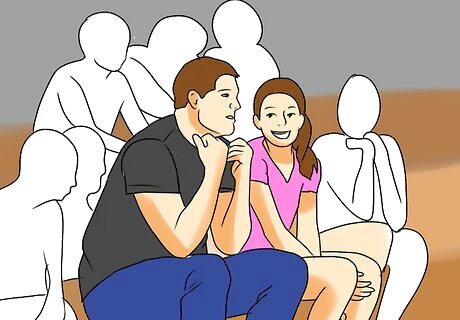
Bleachers are designed to be extremely durable and hold tremendous weight. If you suspect the bleachers are so damaged they are a safety hazard you should report it immediately. Repairs to bleachers should be dealt with promptly and not doing so could be a sign of poor staffing or not enough funds to replace a potential hazard. Students have been seriously injured when they collapse. These should be inspected regularly so unsafe bleachers could be a sign of larger financial problems. Bleachers can last a long time if properly maintained. Don't mistake age for poor quality.
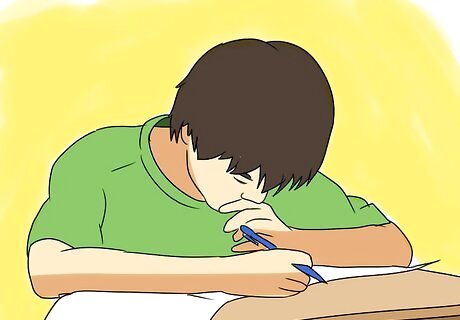
Count. Overcrowding is an ongoing problem in public schools. Every student should have a place to sit and study and the required books necessary to study and pass the class. Although some schools need a few days to move things around after the start of a school year they should have more than enough desks and books to go around. If students go too long without proper seating and books someone higher than the teacher should be notified. Call the principal, headmaster or superintendent of the school district and give them your specific concerns. Let them know the class, teacher, block or period and how long the problem has been going on. Let them know you've contacted before them (the teacher, principal, etc.) and the problem is uncorrected. Follow up in a reasonable amount of time. Calling twice a day can be excessive and you'll be avoided and possibly considered a troublemaker.
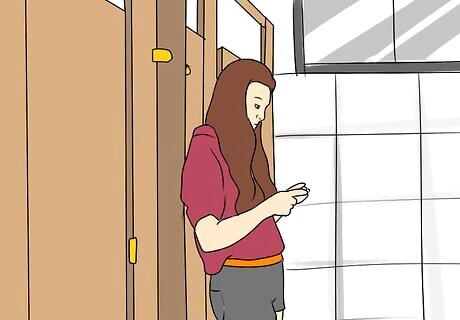
Make sure students have a healthy and clean place to eat and the restrooms are appropriately and regularly cleaned. You should report any rodent or insect infestation. Messes that go uncleaned for long periods of time could also be a sign of understaffed or non-working maintenance or janitorial staff.
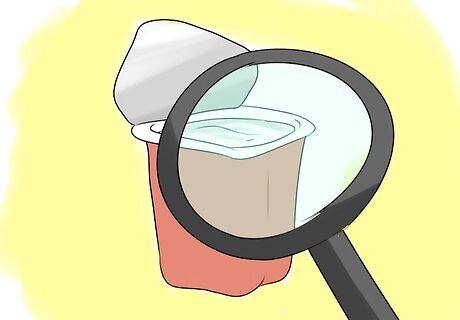
Note continued issues with food quality and temperature. Report issues with food safety to your state health department or other agency responsible for inspections and licensing. Food served at unhealthy temperatures can be a serious health problem. Note if cafeteria staff is wearing gloves, hair nets, etc. If not, they could be understaffed and poorly supervised. Food is notoriously bad in schools so don't let poor quality be confused with dangerous preparation. Is food poisoning common? Is the food served at a correct temperature? Warm foods should be served warm and cold foods served chilled. Does the food prep and serving area seem to be clean? Spills that go uncleaned for days are a sign of poor staffing or an untrained or unsupervised staff. Insects such as flies and roaches are a sign of poor cleaning and poor extermination.
What to do about it
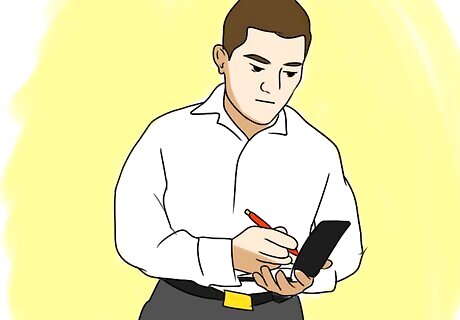
Report responsibly for the best results. Do your research and report accurately. Students should take their complaints to their student council representative and notify their parents. Parents should contact the principal or school board. Most board meetings are open to the public and happen with some regularity. Find out the schedule and attend regularly to keep abreast of financial situations, issues, staffing problems, and other situations. Write a letter to the editor, post blogs and let other parents know what is happening. Join a Parent-Teacher organization or association. (Call and ask for a meeting schedule or check the school website.) Contact your state's education office and stay in touch. Don't just send a letter and expect change.

Get involved if you're a parent or adult family member of a student. Consider running for the school board and doing your part to improve the situation.

Rethink your investment if you are paying to attend a private school. Private schools may have a different process for making changes and reporting problems Private schools can often run into financial hardships when enrollment drops and are not immune to going out of business.















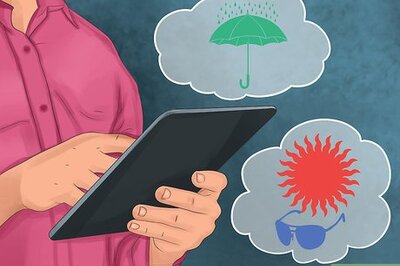


Comments
0 comment